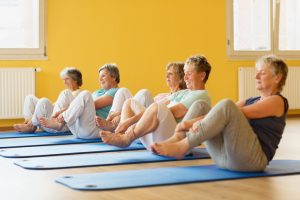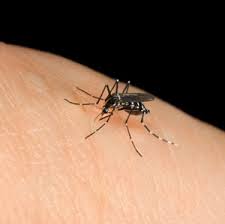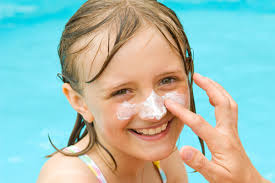Any kind of regular physical activity can lengthen your life

huge international study has confirmed that physical activity may really be the best medicine.
Moving, lifting, walking, sweeping, scrubbing, or doing almost anything physical for the equivalent of at least 30 minutes five times a week can cut your risk of dying by at least 20 percent, compared with being less active.
The Study
More than 130,000 healthy men and women aged 35 to 70 from urban and rural areas of 17 countries, including Canada, Brazil, Turkey, Zimbabwe, China, and Poland, volunteered to fill out questionnaires about their regular physical activity. None had cardiovascular disease.
Over the next seven years, those who reported being physically active for 2 ½ to 12 ½ hours a week were 20 percent less likely to die. Those who were active more than 12 ½ hours a week were 35 percent less likely to die.
The physical activity included housework, walking to work, job-related exertion, as well as jogging or going to the gym. It all counted toward better health.


 September is National Recovery Month. Tricia Moceo is passionate about sharing her story, as a mom in recovery, through writing and spreading awareness on addiction. Following is an article she composed for Healthy Lombard.
September is National Recovery Month. Tricia Moceo is passionate about sharing her story, as a mom in recovery, through writing and spreading awareness on addiction. Following is an article she composed for Healthy Lombard. College of DuPage Nursing Student Erin O’Loughlin researched that the DuPage County Department of Economic Development and Planning reported in 2011 that 11.4% of DuPage County’s population are senior citizens. A senior citizen is anyone at or over the age of 65. Seniors can experience overall wellness through diet, exercise, healthy lifestyle, and other health promoting activities. However, some seniors begin to need more help with everyday life and health in order to remain living in their home safely. DuPage County is fortunate enough to a vast amount of resources and professionals to help seniors remain safe at home.
College of DuPage Nursing Student Erin O’Loughlin researched that the DuPage County Department of Economic Development and Planning reported in 2011 that 11.4% of DuPage County’s population are senior citizens. A senior citizen is anyone at or over the age of 65. Seniors can experience overall wellness through diet, exercise, healthy lifestyle, and other health promoting activities. However, some seniors begin to need more help with everyday life and health in order to remain living in their home safely. DuPage County is fortunate enough to a vast amount of resources and professionals to help seniors remain safe at home. The National Institute on Aging shared that a heart attack happens when the flow of oxygen-rich blood in one or more of the coronary arteries, which supply the heart muscle, suddenly becomes blocked, and a section of heart muscle can’t get enough oxygen. The blockage is usually caused when a plaque ruptures. If blood flow isn’t restored quickly, either by a medicine that dissolves the blockage or a catheter placed within the artery that physically opens the blockage, the section of heart muscle begins to die.
The National Institute on Aging shared that a heart attack happens when the flow of oxygen-rich blood in one or more of the coronary arteries, which supply the heart muscle, suddenly becomes blocked, and a section of heart muscle can’t get enough oxygen. The blockage is usually caused when a plaque ruptures. If blood flow isn’t restored quickly, either by a medicine that dissolves the blockage or a catheter placed within the artery that physically opens the blockage, the section of heart muscle begins to die. The Center for Disease Control shared that Mosquitoes can spread many diseases, including Zika. Although most people with Zika won’t have symptoms, infection during pregnancy can cause serious birth defects. Learn how to protect yourself and your family from Zika.
The Center for Disease Control shared that Mosquitoes can spread many diseases, including Zika. Although most people with Zika won’t have symptoms, infection during pregnancy can cause serious birth defects. Learn how to protect yourself and your family from Zika.
 Tanya Altmann and Tiffany Fischman shared in The Washington Pos that it’s long been known that excessive childhood sun exposure and sunburns are significant risk factors for developing skin cancer and premature aging (such as sun spots and wrinkles) later in life.
Tanya Altmann and Tiffany Fischman shared in The Washington Pos that it’s long been known that excessive childhood sun exposure and sunburns are significant risk factors for developing skin cancer and premature aging (such as sun spots and wrinkles) later in life.
 Healthy Lombard Volunteer Gina Marrano has found a great article to share. It was written by
Healthy Lombard Volunteer Gina Marrano has found a great article to share. It was written by
